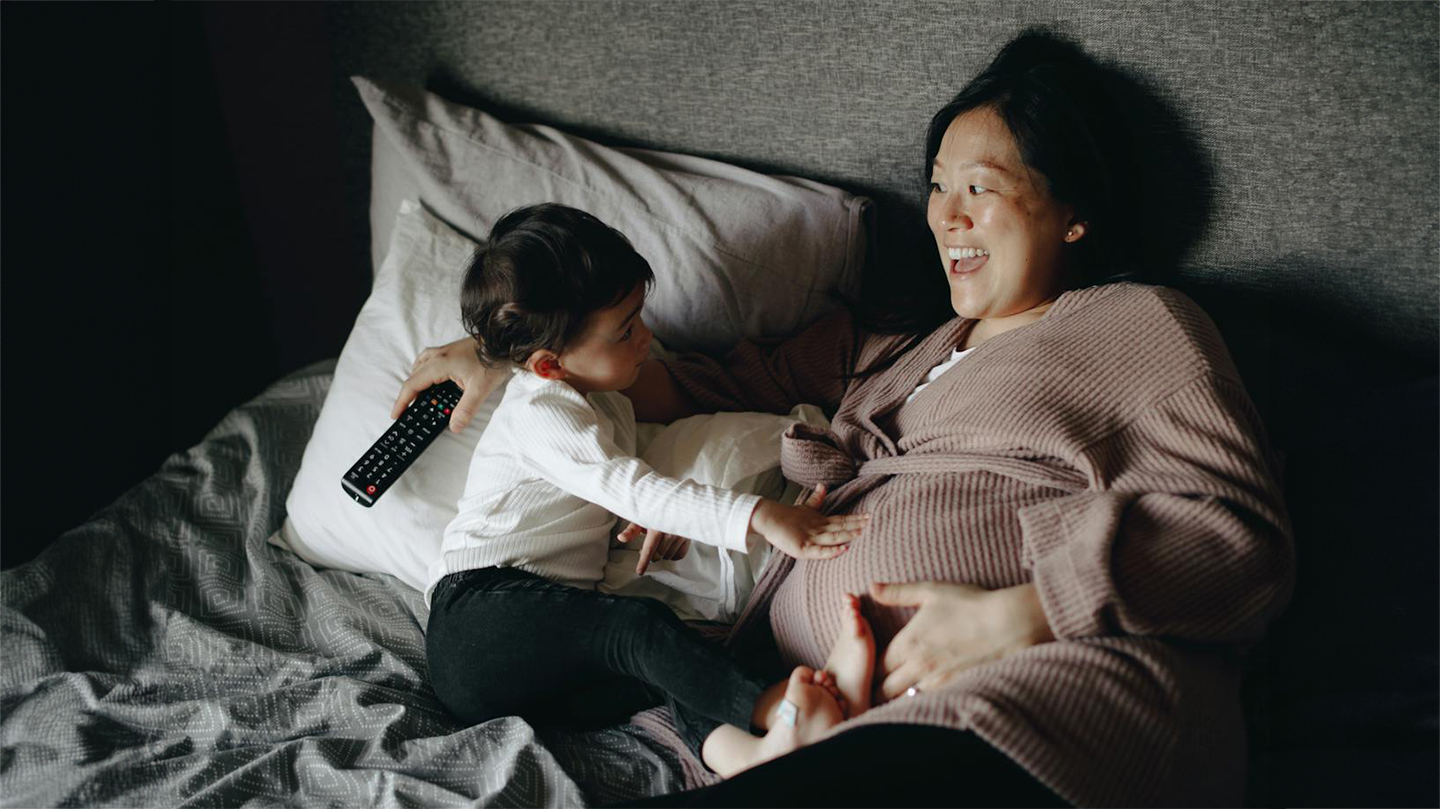CAM (Complementary and Alternative Medicine) is on the rise in hospitals across the US, and massage is a big part of that growth. The 2010 Complimentary and Alternative Medicine Survey of Hospitals took a look at 714 hospitals across the US. It found that 42% offered CAM services, an increase of 5% since 2007. Urban hospitals are the most likely to offer CAM healing, and massage therapy was found to be the most popular CAM therapy for outpatient healing, at 64%. Let’s take a look at how therapeutic massage schools prepare students for work in hospitals.
Medical Massage Work in Hospitals
Medical Massage Education Requirements
Massage therapy positions in hospitals require state massage licensure. State-by-state medical massage certification/licensing variability means that different standards must be met by different massage schools. Colorado massage institutions, for instance, must prepare students with 500 hours of education, so that they may pass the MBLEx written exam. Here in Oregon, massage therapists must also pass a practical, hands-on exam, as well as an open-book test on the law surrounding massage therapy.
While there is currently no national exam or standard for medical massage certification, various schools offer specialized programs for medical massage work. East West College prepares all graduates to communicate effectively with medical professionals regarding anatomy and kinesiology, and includes coursework in recognizing and appropriately treating a variety of medical conditions.
Medical Massage Working Conditions
LMTs working in hospitals may have their own treatment room, or they may go from room to room offering inpatient care. Massage Therapists may also provide massage to relieve stress among hospital staff, in which case LMTs tend to carry their massage chairs from department to department. Massage therapists may be based out of a hospital wellness center, or they may be seated together with physical therapists.
Rewards and Challenges of Medical Massage
LMTs find many rewards in hospital work. It’s gratifying to hear back from clients when the massage treatment is working. Many find the pay acceptable, with an hourly rate on par with registered nurses, occupational therapists, and physical therapists. Therapists also find it satisfying to help ease patients’ pain, which often allows them to be more alert and present with loved ones. (Massage can reduce the amount of morphine that terminal patients need to deal with pain. Decreased morphine levels allow patients to be more mentally alert.)
However, there are also challenges to providing medical massage in a hospital setting. Therapists may form emotional bonds with the patients they serve, and it’s painful for LMTs to see patients pass away. Hospital work inevitably includes such sadness.
Populations for Whom Medical Massage is Often Prescribed
• Pregnant women
• Those with stress-related disorders (chronic headaches, sleep disorder, low back pain, etc.)
• Patients suffering long-term illnesses such as Alzheimer’s disease. Heart disease patients would fit into this category as well. Many hospital administrators are now aware of how massage can lower the heart rate, a desired outcome for heart disease sufferers.
• Cancer patients who are going through chemotherapy
• Patients who are about to enter or who are recovering from surgery.
• Sufferers of chronic skeletal-muscular pain, such as those who have been in car accidents.
Increasingly, hospitals are offering massage services to decrease stress, ease pain, improve circulation and lymphatic performance, and increase mobility. Massage students can prepare for a hospital position by earning state certification, gaining hospital experience, and securing additional national certifications.



